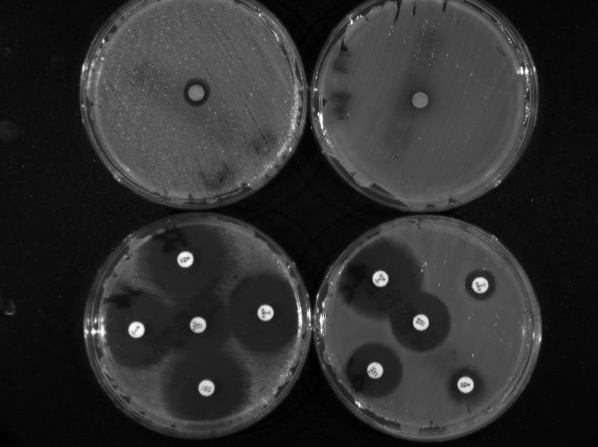Project
nano-Te
We have developed a unique technology for obtaining tellurium nanoparticles, which can be suspended in various solutions ranging from aqueous solutions to solutions of different solvents, both polar and non-polar.
How do our nanoparticles work?
Our tellurium nanoparticles exhibit strong bacteriostatic or bactericidal activity against gram-negative bacteria, as demonstrated with Escherichia coli, for instance. They represent a potential alternative to antibiotic use, particularly for antibiotic-resistant bacteria. The obtained results are preliminary findings and further research is being conducted to explore the potential application of tellurium nanoparticles as a therapeutic substance or medical device in human and veterinary clinics. Research on the biological and chemical properties of tellurium nanoparticles is being conducted in collaboration with an ICP-OES laboratory and cell biology laboratories, where their cytotoxic properties are being investigated.

We conducted an antimicrobial activity experiment:
We conducted an antimicrobial activity experiment. The initial concentration of tellurium nanoparticles was determined using ICP-OES and standardized to 0.3%. The nanoparticles were suspended in a phosphate buffer at a concentration of 0.1 ml dm-3 and pH 7.4. From the initial concentration, two solutions were prepared, diluted appropriately by 20,000 times and 200,000 times, respectively. These prepared solutions were applied to sterile cellulose discs placed on two types of Petri dishes inoculated with Staphylococcus aureus (gram-positive bacteria) and Escherichia coli (gram-negative bacteria). The results of the experiment are shown in the adjacent figure.
The Petri dishes were inoculated with two upper Staphylococcus aureus (gram-positive bacteria) and two lower Escherichia coli (gram-negative bacteria). From left to right, the concentration of tellurium nanoparticles was diluted by 20,000 times and 200,000 times.
Back to project list
Learn more about our ongoing projects and the range of services we offer.
Get in touch with us

